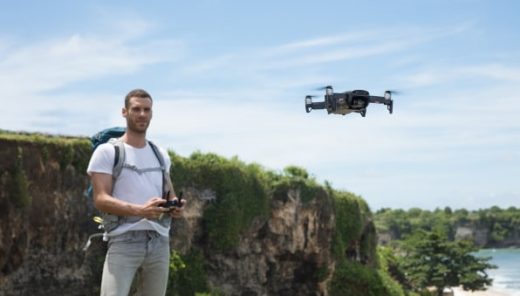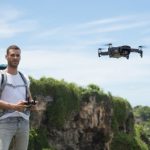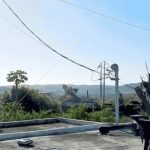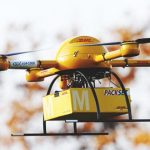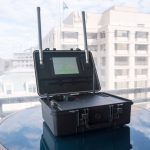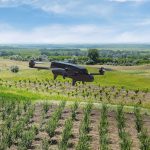DJI’s Small, Smart Mavic Air Drone Is Easy To Fly—And Love
If DJI keeps this up, I’m going to have a problem.
Sixteen months ago, I got a chance to test out the Chinese drone giant’s $1,000 Mavic Pro, a (nearly) first-of-its-kind foldable drone. I straight up loved it, and said so.
Now I’ve been testing DJI’s latest foldable drone, the smaller (and cheaper) Mavic Air, which debuted last month. And once again, I’m in love.
DJI absolutely dominates the consumer drone industry, and has, one by one, driven its competitors out of the market. It’s out to sell a device for nearly every potential customer. Although it has yet to aim for the low end of the market—say, $200 or less—it’s got a winning product at every rung of the price ladder, starting with its $399 Spark.
Not long before the Mavic Pro came out, action camera behemoth GoPro launched the foldable drone market with its then-highly-anticipated Karma. Unfortunately, the Karma was beset by problems—a major recall followed by tepid sales. Ultimately, GoPro decided to exit the drone market, effectively ceding the space to DJI. Which, make no mistake, has every intention of keeping a stranglehold on the market. If it can keep coming up with new products like the Mavic Air, it’s hard to imagine it won’t succeed.
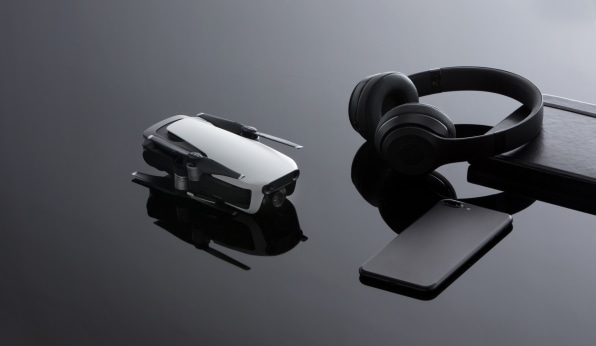
The Air runs $799—and for $200 more you can get a package that includes two extra batteries and bunch of extras. As I wrote previously with the Pro, if I was in the market for a drone and had that much to spend on one, I wouldn’t hesitate to take an Air home with me for good.
It’s incredibly easy to fly, even for someone like me who has minimal piloting skills. And it takes fantastic photos and video, and does all kinds of trick and special shots with just a few taps in DJI’s mobile app.
The Mavic Air is definitely less robust than the Pro. It’s is more easily buffeted by the wind, and its controller feels a bit cheaper. Plus, it’s smaller. But none of those things detract from how much fun it is to fly it. Simply run the DJI Go 4 mobile app, connect your phone to the controller and link it to the drone, and go. Although it seems to require being calibrated whenever you move it more than a few miles from where you last flew it—a simple process that takes about 10 seconds—the drone latches onto GPS satellites quickly, ensuring safe flying. And when you’re done, it folds up in just seconds and tucks into its small carrying case, which you can easily carry in a backpack.
This drone is packed with impressive features such as the ability to shoot 4K video at up to 30 frames a second and capture sharp 12-megapixel photos, all of which are stabilized, no matter how windy it is, by a 3-axis gimbal. It also has 8GB of on-board storage, and the ability to add more with a microSD card.
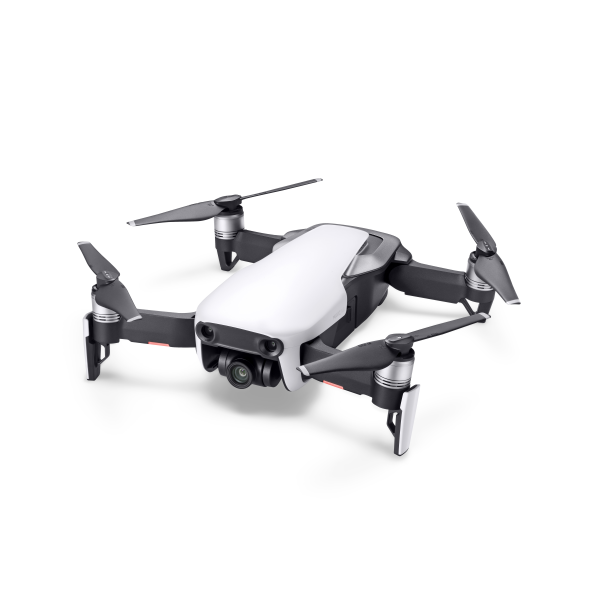
The drone is meant to be able to communicate with its controller from as far away as 2.49 miles. But in reality, that’s probably unrealistic in most circumstances. In my tests, I sometimes found it had trouble staying in touch with the controller at distances far less than that. But not often.
I felt comfortable doing simple flight maneuvers—up, down, or in multiple directions—in just minutes, testament to how simple the Air’s controller is. I have crashed every previous drone I’ve flown at least once, but over several days of flying the Air, I never did, not even when landing it on my deck, a slightly perilous move that cracked at least one Mavic Pro propeller.
As with its predecessors, the true magic of the Air is in its automatic photo and video capture capabilities. Those include a variety of ActiveTrack features that make it easy to put the drone in the air and have it follow as you or another person moves around, from a number of vantage points, shooting video all the while.
Getting those features running requires little more than a couple of taps in the DJI Go 4 app, including one to identify the person you want to track. I had a few problems getting the Air to continue tracking me if I moved quickly in different directions, but in general, it did a nice job of keeping me in the center of the frame as I walked or even ran.
Other features include a number of trick shots, called QuickShots. They are:
- Dronie, in which the Air flies backwards and upward, the subject locked in the center of the video frame.
- Circle, in which the drone flies in, yes, a circle around the subject.
- Helix, in which it flies into the air and then spirals around the subject.
- Rocket, in which the drone shoots straight up into the air, shooting video straight downward.
- Boomerang, in which the Air flies backward and in an oval path around the subject.
- Asteroid, which creates an aerial panorama by flying backwards and upwards taking several photos as it goes.
The Mavic Air also features SmartCapture, a series of gesture controls that let you take selfies, record videos, and fly the drone with nothing more than your hands. I never got around to testing these capabilities, so I can’t speak to how easy they are to use. But the drone is designed to be automatically launched, as well as to have its altitude and direction controlled, with simple hand gestures.
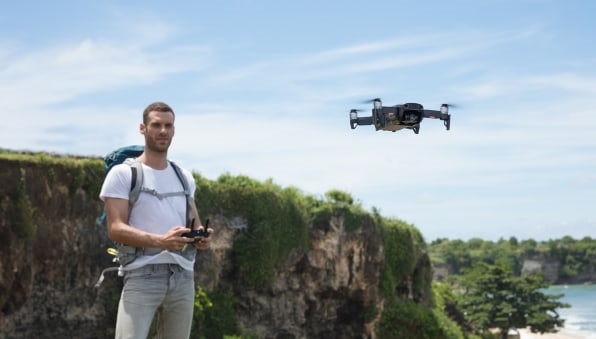
I do have a few minor quibbles. In order to make it easy to put away the controller, the joysticks are meant to be disconnected and tucked away inside the controller itself. This works, but it’s very easy to lose the sticks. Which is why the Air comes with an extra set. Still, I can see some people running through them quickly and having to pay $10 for another pair.
The battery life also leaves a little to be desired. DJI says that the Air has a flight time of 21 minutes per battery, but in practice, I felt like I got more like 15 to 18 minutes. (I had three batteries, so I could fly for around 45 minutes by swapping them in and out.) That’s meaningfully less than the Mavic Pro’s 27 minutes, and when flying, time seems to pass quickly.
And as noted above, the Air is more easily buffeted around by winds than the Pro. Yet thanks to its gimbal, there’s no sacrifice in photo or video stability.
All in all, the Mavic Air is a wonderful drone. As DJI has solidified its hold on the consumer drone market, it hasn’t left much room for other companies to innovate. The recently announced Skydio R1 is an exception, a drone meant for fantastic obstacle avoidance and extremely easy follow-me photography and videography. But that device costs $2,500, and it’s clearly aimed at sports enthusiasts. By comparison, the Mavic Air should appeal to a much wider audience and satisfy most buyers with its deep roster of features.
The question is, now that DJI has compelling drones at nearly every consumer price point, how does it keep finding untapped market niches? Given its track record, I’m willing to bet it finds a way.
Fast Company , Read Full Story
(26)

